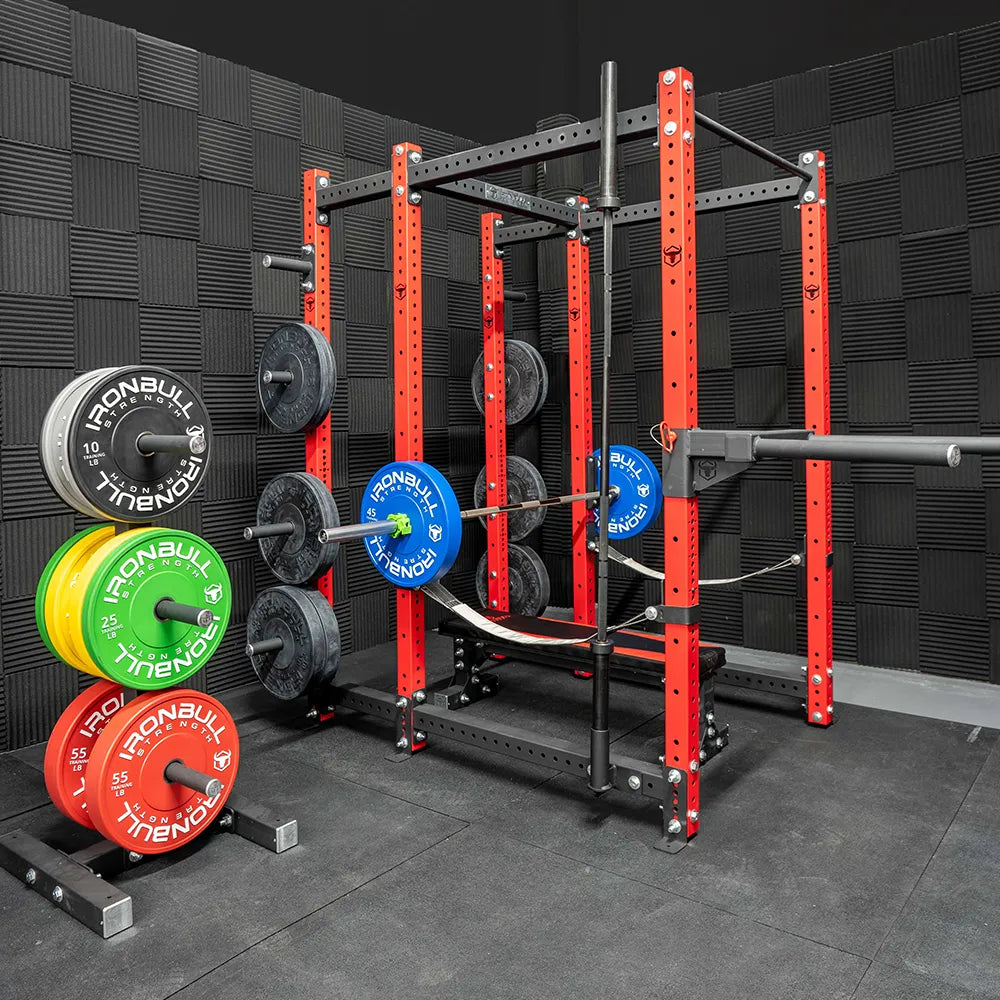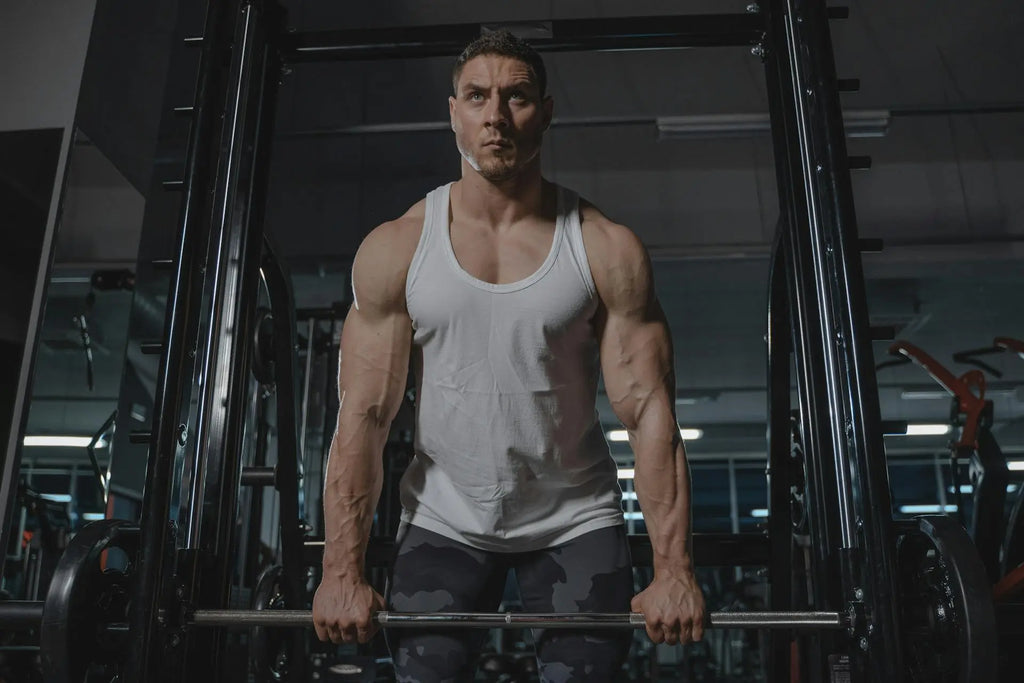How Many Squats a Day Is Ok for Achieving the Best Results?

What Is a Squat?
Squats are a go-to for anyone looking to build lower body strength. You're actually doing a version of them whenever you sit or bend over.
They work your legs, glutes, and even your core. But, to see real results, it's all about doing them right and knowing how many to do.
So, a squat is a straightforward exercise that targets the lower body. It hits the quads, hamstrings, glutes, and core by simply lowering your hips and then standing back up. Seems simple, but form matters a lot.
Good form is key to getting the most out of squats and avoiding injuries. Keep your back straight, engage your core, and make sure your knees track over your toes. Mastering these basics will set you up for success.
If you're looking to step it up, consider using a weight bench for advanced moves like Bulgarian split squats. It's a great way to boost lower-body strength and balance.
How Do Squats Benefit Runners?
Squats aren't just about building strength; they're also great for runners. Stronger glutes, hamstrings, and quads mean better propulsion and speed. Plus, regular squats strengthen your knees and ankles, reducing the chance of injuries.
Another perk is that squats help your core. A strong core keeps you stable and improves your posture while running. This can make your strides more efficient and help you go the distance.
For those looking to add more resistance, try using a barbell. Gradually increasing the weight will enhance both strength and muscle development, giving runners an edge.
How Many Squats Should I Do a Day?
The number of squats you should do varies based on your fitness level. If you're just starting out, aim for 2–3 sets of 15 reps. As you get more comfortable, you can gradually increase the numbers.
If you're more advanced, you might consider doing 100 squats a day for 30 days as a challenge. It can help build endurance and muscle tone. But don't just stick to one type—mix in variations like goblet squats and split squats for a more balanced workout.
As you get stronger, using a power rack can be a game-changer. It allows you to safely handle heavier weights, helping you lift more without the risk of injury.
Modifying Squats: Advanced Variations
Once you've got the basic squat down, it's time to spice things up. Advanced variations can target different muscles and keep your workouts interesting. Try split squats, jump squats, or goblet squats to challenge yourself in new ways.
Goblet squats, for example, require you to hold a weight in front of you. This forces your core to work harder to keep you stable, adding an extra layer of difficulty.
When progressing through different variations, fractional change plates can help you increase the load gradually. This way, you're not jumping to heavier weights too quickly and can keep improving safely.
Squats and Muscle Growth: How Many for a Bigger Bum?
If you're aiming to grow your glutes, focus on both the volume and depth of your squats. Deep squats engage the glutes more effectively than shallow ones. Aim for 3 sets of 10–15 deep squats a few times a week.
Adding weight to your squats with dumbbells will also help build muscle size. It's all about progressively challenging your muscles to grow.
Using a squat rack can be beneficial for heavy squats. It ensures proper form and safety, allowing you to increase the weight as your strength and glute size improve.
Increasing Squat Safety and Efficiency
Safety is crucial when squatting, especially with heavier weights. Always warm up before diving into your routine to prevent injuries and improve mobility.
Having the right gear is also important for safe squatting. Knee wraps or other supports can protect your joints during heavy lifts, keeping you safe as you push your limits.
Knee wraps provide extra support for your knees, allowing you to squat heavier and reduce the risk of injury during intense sessions.
Squats are a powerful tool for building strength, toning your body, and improving overall fitness. The number of squats you should do depends on your fitness level. Beginners can start with 2–3 sets of 15 reps, while more advanced folks can challenge themselves with higher volumes.
Mix in different squat variations and gradually increase the weight for the best results. Pair your squat rack with a sturdy weight bench for added versatility and support during your strength training.











